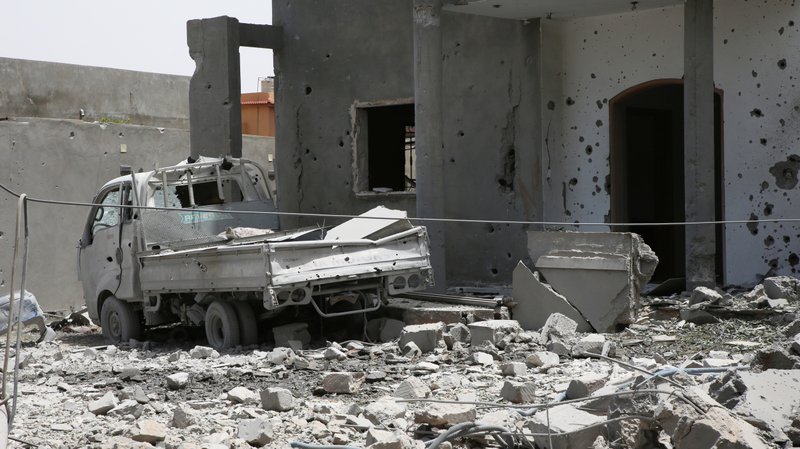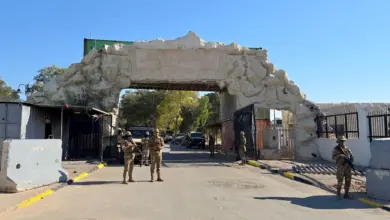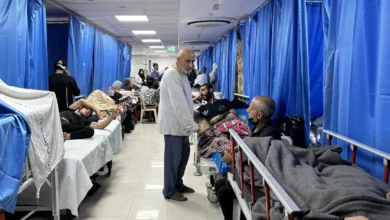
CAIRO (AP) — The battle between rival militias for the Libyan capital has killed more than 1,000 people since it began in April, the U.N. said Tuesday, a grim milestone in a stalemated conflict partly fueled by regional powers.
Forces loyal to Khalifa Hifter, a veteran army officer, opened an offensive on Tripoli in early April, advancing on the city’s southern outskirts and clashing with an array of militias loosely affiliated with the U.N.-recognized government.
Hifter’s self-styled Libyan National Army is the largest and best organized of the country’s many militias, and enjoys the support of Egypt, the United Arab Emirates and Russia. But it has faced stiff resistance from fighters aligned with the U.N.-recognized government, which is aided by Turkey and Qatar.
The World Health Organization said in a brief statement that 1,048 people have been killed since the offensive began, including 106 civilians. It says 5,558 have been wounded, including 289 civilians.
The battle lines have changed little since the offensive began, with both sides dug in and shelling one another in the southern reaches of the capital. Militias aligned with the government recently recaptured Gharyan, a town some 100 kilometers (60 miles) west of the city that is on a major supply route.
The fighting has emptied entire neighborhoods of civilians. Thousands of African migrants captured by Libyan forces supported by the European Union are trapped in detention centers near the front lines. An airstrike on one facility last week killed more than 50 people, mainly migrants held in a hangar that collapsed on top of them.
Libya slid into chaos after the 2011 uprising that toppled and killed long-ruling dictator Moammar Gadhafi. Armed groups have proliferated, and the country has emerged as a major transit point for migrants fleeing war and poverty for a better life in Europe.
Hifter’s supporters say he is the only leader who can end militia rule, reunite the country and keep it from being a safe haven for terrorists. They point to his success in defeating Islamic militants and other rival factions in eastern Libya over the past few years. Egypt and the UAE see him as a bulwark against the Muslim Brotherhood and other Islamists.
But his critics view him as an aspiring strongman, and his offensive appears to have at least temporarily united western Libya’s fractious militias in opposition to a return to one-man rule. Many experts predicted at the start of the offensive that it was unlikely to succeed , noting widespread resistance to Hifter in the west and fractures within his own forces, which include Gadhafi-era army units, ultraconservative Islamists and tribal fighters.
Mohamed Eljareh, an analyst and the co-founder of Libya Outlook Research and Consultancy, said it was too soon to fully assess Hifter’s campaign.
“It depends on how we measure progress. Some say that the LNA’s ability to launch an offensive on the capital, Tripoli, is progress in itself,” he said. “Of course there has been miscalculation by the LNA in regards to how easy the operation will be.”
He added, however, that the LNA appeared to be better equipped for a prolonged conflict, citing its campaigns in the east. “When they are unable to achieve a quick victory they are able to continue with the war for a long time in a war of attrition,” he said.
___
Associated Press writer Rami Musa in Benghazi, Libya contributed to this report.
By SAMY MAGDY
FILE – In this June 15, 2019, file photo, a vehicle and structure is damaged from fighting in the region of Tajoura, east of the Libyan capital Tripoli. The battle between rival militias for the Libyan capital has killed more than 1,000 people since it began in April, the U.N. said Tuesday, a grim milestone in a stalemated conflict partly fueled by regional powers. (AP Photo/Hamza Turkia, File)




